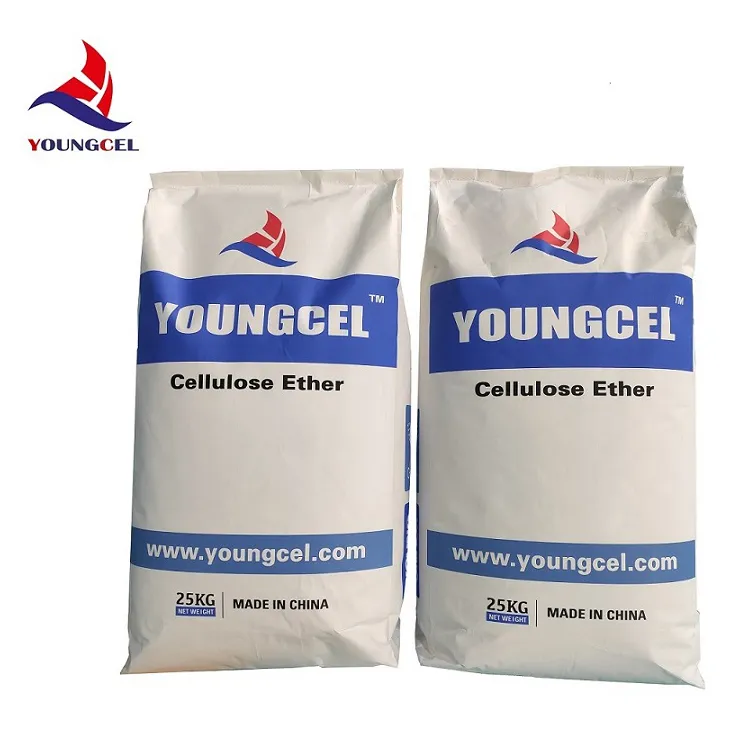Understanding Cement Additives and Their Impact on Construction
Cement has been a fundamental building material for centuries, playing a crucial role in the construction of infrastructures such as buildings, bridges, and roads. However, with the evolving demands of modern construction, there's an increasing emphasis on enhancing the performance and sustainability of cement. This is where cement additives come into play. These substances, when mixed with cement, can significantly improve its properties, making it a more versatile and efficient material for various applications.
Cement additives come in different forms and serve multiple purposes. They are generally classified into two categories chemical additives and mineral additives. Chemical additives, often referred to as admixtures, are typically liquid substances that modify the behavior of cement during mixing and curing. Common chemical additives include plasticizers, superplasticizers, accelerators, retarders, and air-entraining agents. Each of these has specific roles; for instance, plasticizers improve the workability of the mix without adding more water, while accelerators speed up the curing process, allowing for quicker project completion.
On the other hand, mineral additives consist of solid materials that are often derived from industrial byproducts. Common examples include fly ash, silica fume, slag, and limestone. These materials can be blended with cement to enhance its strength, durability, and sustainability. For instance, fly ash, a byproduct from coal combustion, not only reduces the amount of cement required but also improves the long-term strength and resistance of concrete to chemical attacks.
One significant advantage of using cement additives is the potential for reduced environmental impact. The production of traditional cement releases a substantial amount of carbon dioxide (CO2), contributing to global warming. By incorporating mineral additives like fly ash or slag, the total amount of cement needed can be decreased, thus minimizing CO2 emissions. Additionally, these additives can promote the recycling of industrial waste, leading to a more sustainable construction practice.
cement additives

The use of cement additives also enhances the durability of concrete
. This is particularly important in regions exposed to harsh weather conditions, high sulfate levels, or other chemically aggressive environments. For example, the inclusion of silica fume not only improves the compressive strength of concrete but also reduces its permeability, making it less susceptible to water penetration and freeze-thaw cycles. This can significantly extend the lifespan of structures and reduce maintenance costs over time.Moreover, the versatility of cement additives allows for tailored properties to meet specific project requirements. For instance, in the construction of high-rise buildings, superplasticizers are often essential to achieve the desired flowability of concrete, facilitating easier placement without compromising strength. Similarly, in precast concrete applications, retarders can be used to ensure that the mix remains workable over extended periods, allowing for complex forms and finishes.
The implementation of cement additives must be approached with caution, however. The selection of appropriate additives depends on the specific conditions of the construction project, including environmental factors, desired properties, and regulatory requirements. Proper testing and quality control are essential to ensure that the additives perform as intended and do not adversely affect the overall integrity of the concrete.
In conclusion, cement additives play a vital role in modern construction by enhancing the performance, sustainability, and adaptability of cement-based materials. Their ability to improve workability, durability, and resistance to environmental factors makes them indispensable in meeting the challenges faced by today's construction industry. As the demand for sustainable building practices continues to grow, the careful selection and use of cement additives will undoubtedly contribute to more efficient and environmentally friendly construction solutions.
-
Rdp Powder: Key Considerations for Wholesalers in the Building Materials IndustryNewsJul.08,2025
-
Key Considerations for Wholesalers: Navigating the World of Hpmc - Based ProductsNewsJul.08,2025
-
Hpmc Detergent: Key Considerations for WholesalersNewsJul.08,2025
-
Key Considerations for Wholesalers: China Hpmc For Tile Adhesive, Coating Additives, Concrete Additives, and MoreNewsJul.08,2025
-
Crucial Considerations for Wholesalers: Navigating the World of Construction MaterialsNewsJul.08,2025
-
Key Considerations for Wholesalers Sourcing Additive For Cement, Additive For Concrete, Additive For Putty from Additive Manufacturer Shijiazhuang Gaocheng District Yongfeng Cellulose Co., Ltd.NewsJul.08,2025




